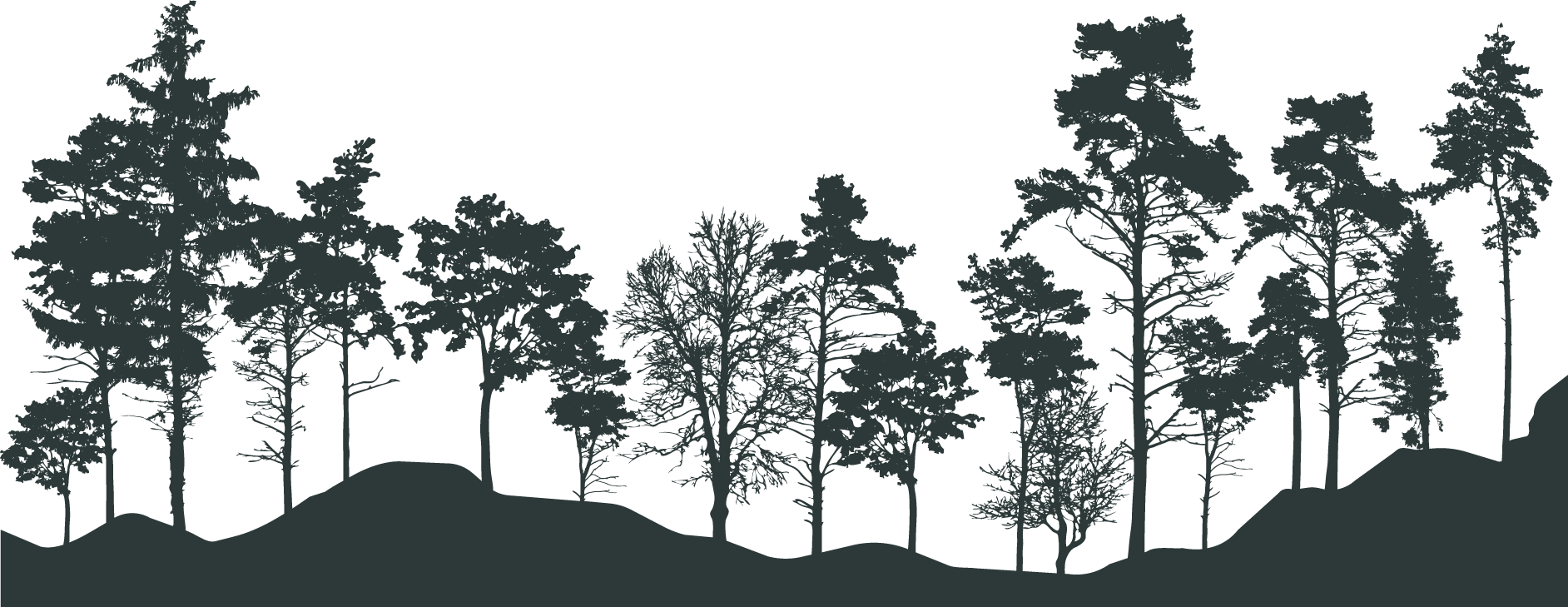Hardwood Timber Species We Harvest
Make Profit by Maintaining Your Woodlot
Get the Best Value for Your Standing Timber
Michigan is home to one of the largest expanses of timberland in the United States—ranking fifth in size and encompassing 53% of the entire state (Michigan.gov). As landowners of these profitable resources, maintaining these woodlots is one of the most important things we can do.
To do so, practicing selective harvesting and following a strategic timber harvesting plan are crucial. This allows sunlight to reach the forest floor, preserves a diverse woodlot of mixed-age trees, and promotes regeneration of the stand.
We help Michigan landowners manage their woodlots by being full-service partners in sustainable forest management. We pay cash for your standing timber, including:

Maple Timber Harvesting at Buskirk Lumber
At Buskirk Lumber, we utilize selective harvesting methods to harvest mature maples from your woodlot. Selective harvesting means that we target only mature or overstocked trees in the stand, carefully selecting the highest quality standing maple timber to give you the best price. As part of a selective harvesting plan, we assess the health, age, species mix, and density of the trees in the given area to determine which trees should be harvested.
Hard Maple
Hard maple timber is highly valued because of its exceptional hardness, durability, and fine grain pattern. Being an attractive hardwood used in furniture, flooring, and cabinetry production, your hard maple standing timber is one of the most valuable hardwoods in your woodlot!
Soft Maple
While smaller than hard maples, soft maple trees are as versatile and favorable for furniture, cabinetry and other projects. Its moderate hardness makes it more forgiving to work with and is very valuable in the woodworking industry.
Sugar Maple
The hardest of all the maples, sugar maple timber is highly valued for its consistent pale color and fine grain.
Walnut Timber Harvesting at Buskirk Lumber
Because walnut trees are fast-growing and sun-loving, they can often become dominant in your stand. With our forest management services, we’ll first evaluate your woodlot to ensure we set up the best harvesting plan for your property. Our goal is to not only harvest the most mature walnut trees but also the overstocked trees from your lot in order to properly facilitate new growth and diversity. Learn more about the standing timber selling process.
Walnut hardwood is a prized and sought-after wood in the realm of woodworking and furniture craftsmanship. Known for its rich, dark color, distinctive grain patterns, and versatile properties, walnut is a popular choice for both aesthetic and practical purposes.


Cherry Timber Harvesting at Buskirk Lumber
Using sustainable selective harvesting methods, we carefully assess your standing cherry timber to ensure we harvest only mature or overstocked trees from your lot. This allows us to select the highest quality timber and give you the best possible price. Learn more about the standing timber selling process.
While there are two main types of cherry lumber, black cherry and sweet cherry, black cherry timber is the most common type found in the United States.
American Black Cherry
The American Black Cherry Tree is a highly sought-after wood because of its smooth-grained, reddish-brown hardwood. It is renowned among woodworkers and furniture aficionados for its color and aging process. Starting out with a light pink, the wood’s color eventually darkens over time to a rich reddish hue with a lustrous patina.
Oak Timber Harvesting at Buskirk Lumber
Oaks can tolerate some shade, but still need quite a bit of light to get established. This means that they don’t always do well in dense woods. With our forest management services, we’ll evaluate your lot to ensure we not only harvest the most mature trees but also the overstocked trees from your lot in order to properly facilitate new oak tree growth.
Red Oak
Red Oak is considered a timeless, American classic lumber. With light to medium reddish-brown coloring, this hardwood is commonly used for furniture, flooring, cabinetry, and architectural millwork. Many woodworkers value this species for its strength, bold grain, and good workability.
White Oak
White oak is usually heavier, stronger, and darker in color when compared to red oak. With its great wear-resistance, natural decay resistance, and high strength, white oak has been used for railroad ties, shipbuilding, bridges, barrels for liquids such as wine and whiskey, and mine timbers.
Promote Healthy Diversity While Profiting from Your Woodlot
Harvesting your timber promotes new growth, enhances biodiversity, and mitigates the potential of disease and overcrowding. By carefully selecting mature trees for harvest, you can benefit from the value of your timber while ensuring the long-term vitality of your forest.
In addition to health benefits for your woodlot, strategic forest management yields significant monetary profit. See why selling directly to a sawmill gives you the most direct profit vs. working with brokers or consulting foresters.
Connect with Buskirk’s timber procurement experts today to find what the species in your woodlot are worth and begin the path toward sustainable forestry and rewarding returns.




